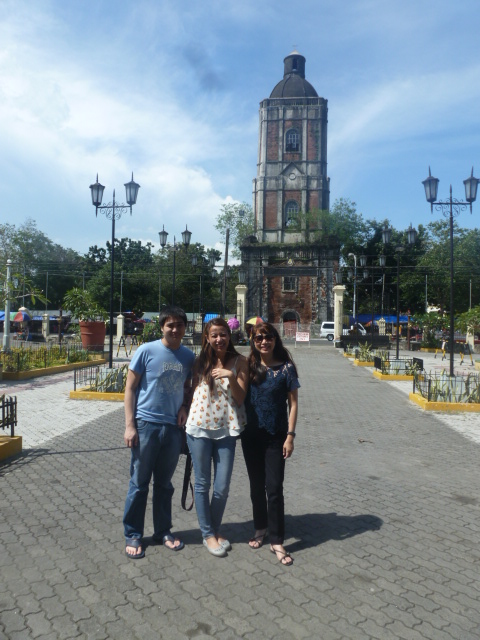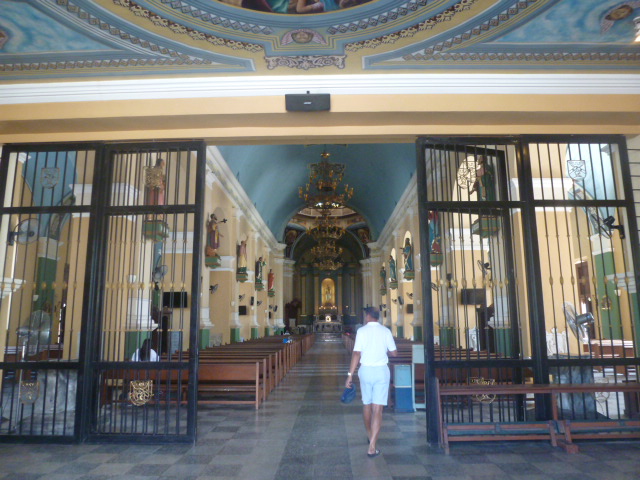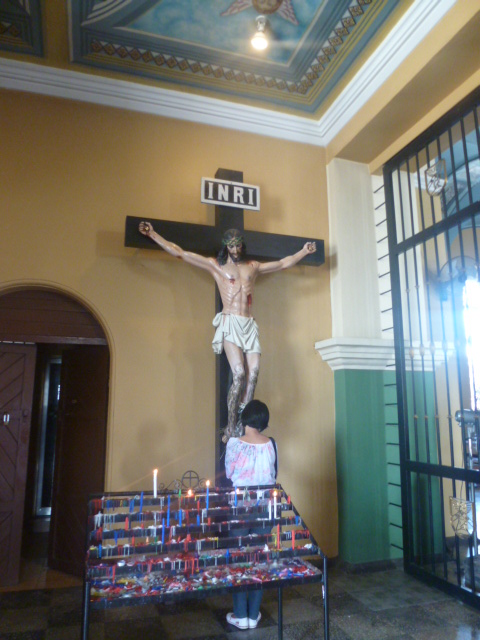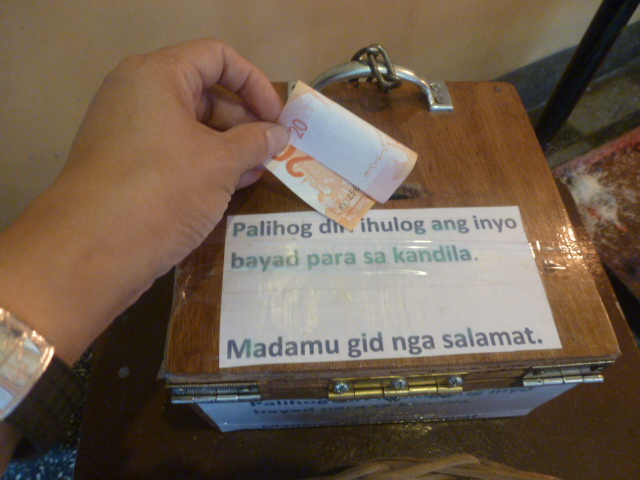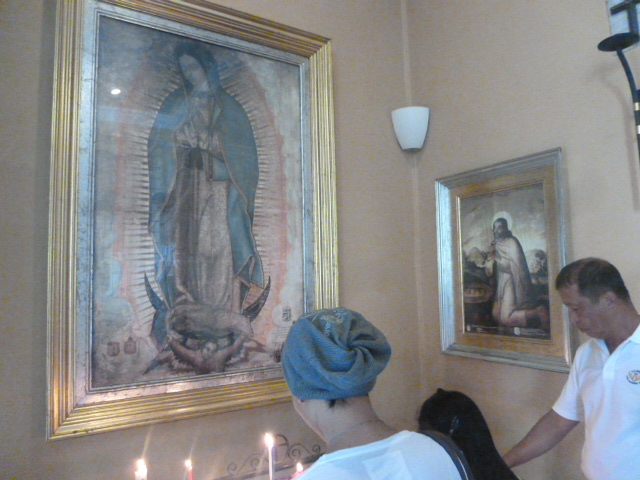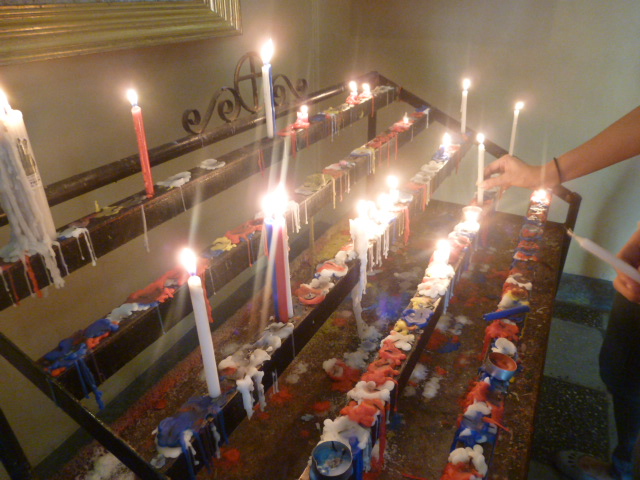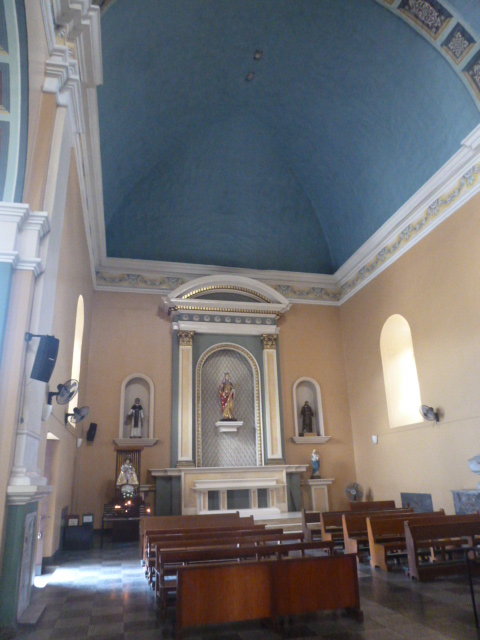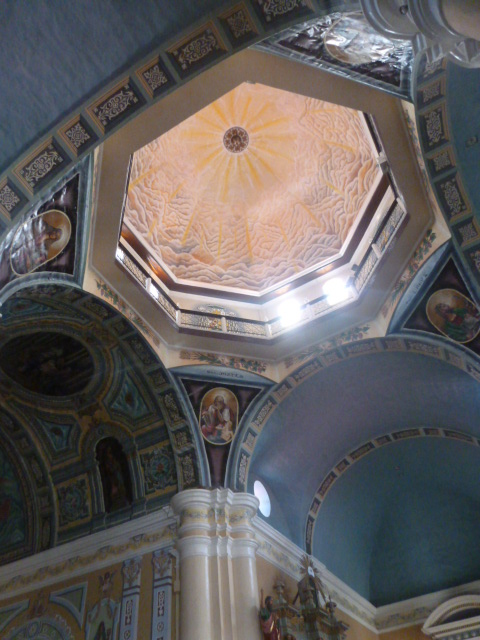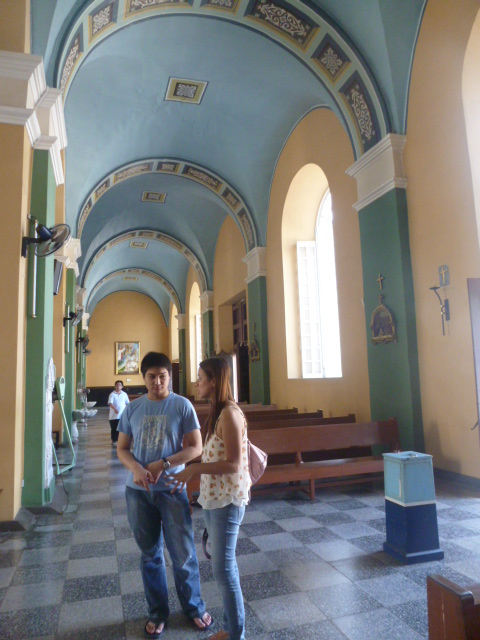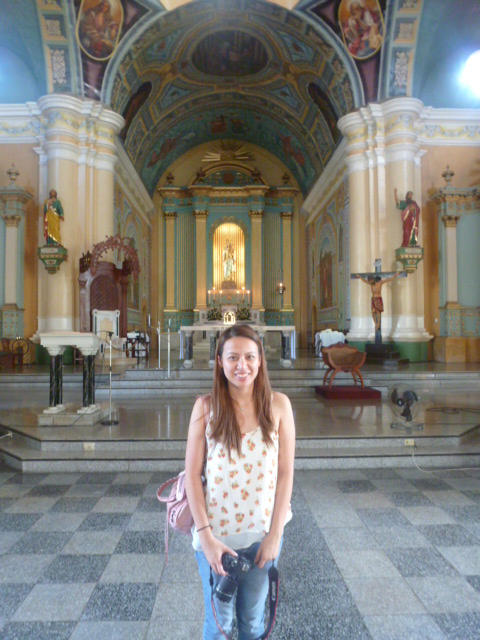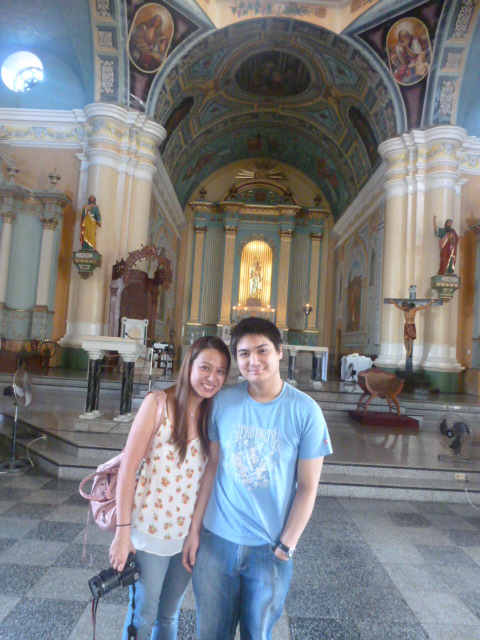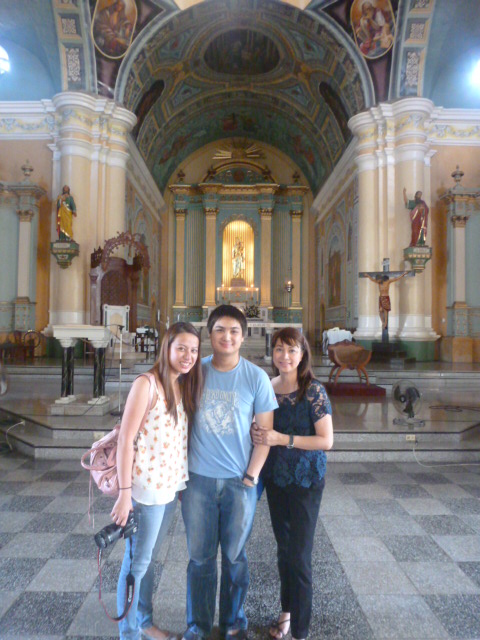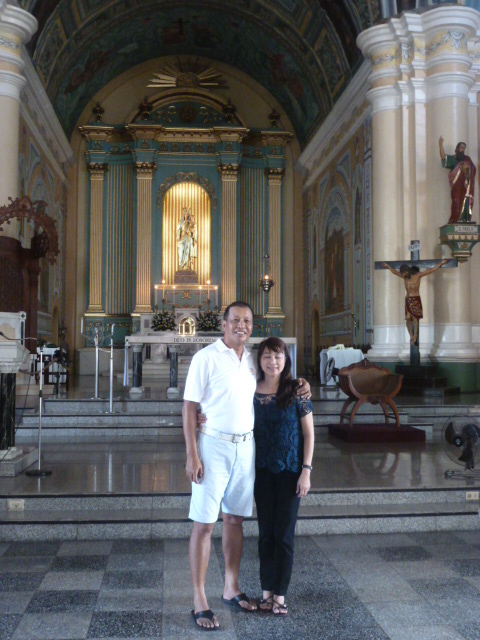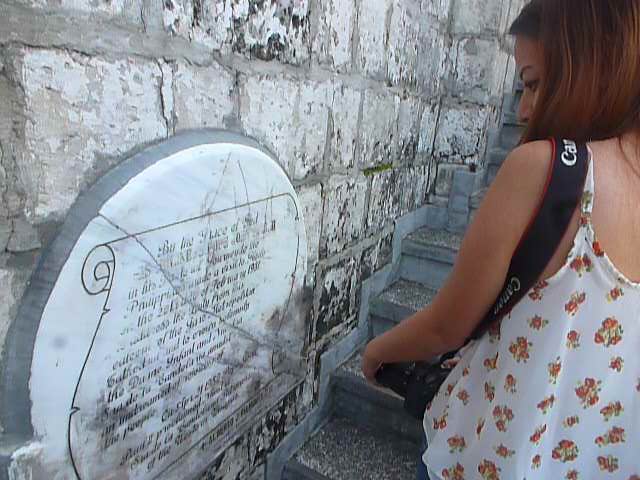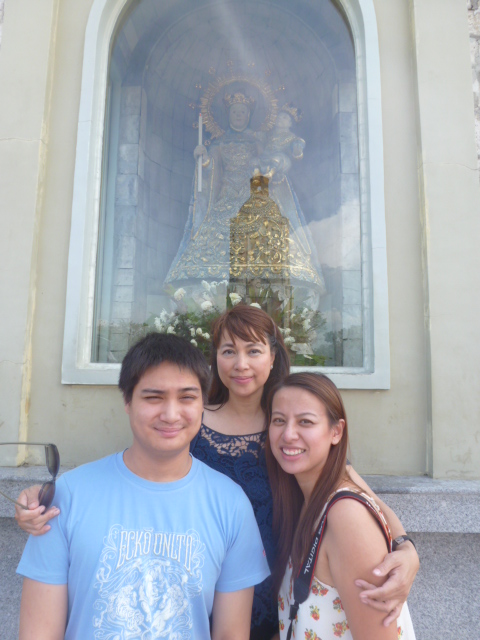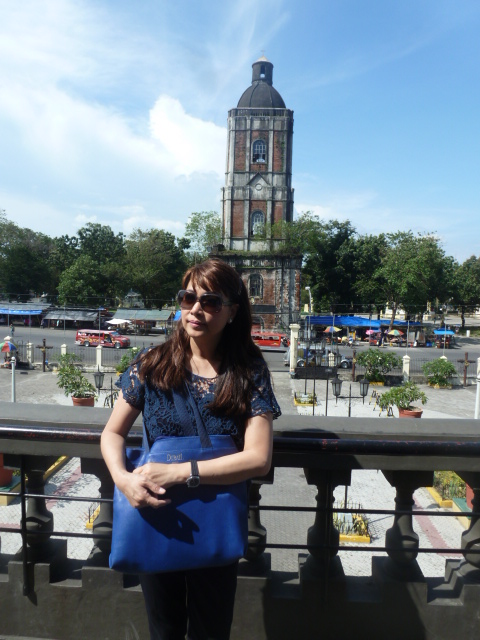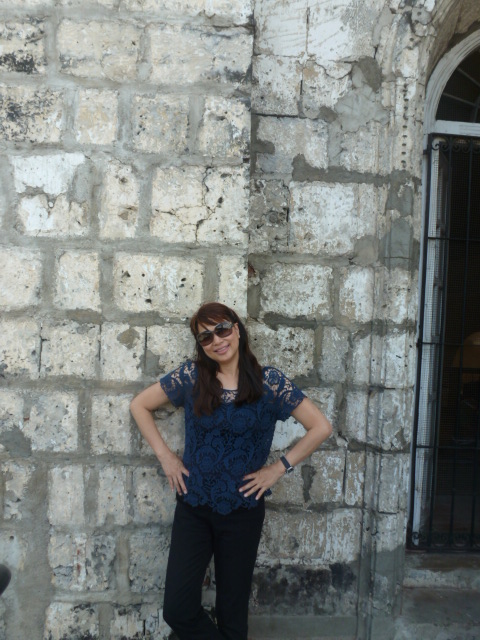We would only be in Iloilo for two nights so we have to make use of our time wisely. Oyen has a list of good restaurants and the churches we would visit.
From the new airport, we hit the town of Jaro and our first stop is the Jaro Cathedral. Our family has a strong appreciation for old churches built during the Spanish era. We wish that our people value them as much as we value our history as a nation. We should know how to preserve them in a way that their original design and architectural details are not altered or changed.
The Jaro Cathedral is one example. Immediately after we turned around the corner, we saw some improvements were made on the steeples which did not blend with the original stone at all. Pinalatadahan at pininturahan.
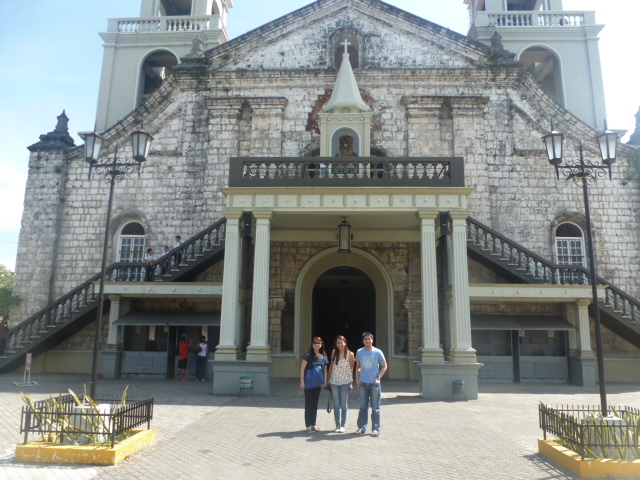
(Do you notice the two structures at the back of the main church?)
The National Historical Institute is supposed to be responsible for the preservation and conservation of our country’s historical edifices and other legacies. There must be strict laws against alteration and demolishing of old public buildings churches, lighthouses, and other edifices that’s part of our history. No church built during the Spanish times should be demolished for whatever purpose or reason.
yehey, Lipay gid kami nga naka-kadto diri sa Iloilo (We’re happy we’re able to come here in Iloilo)
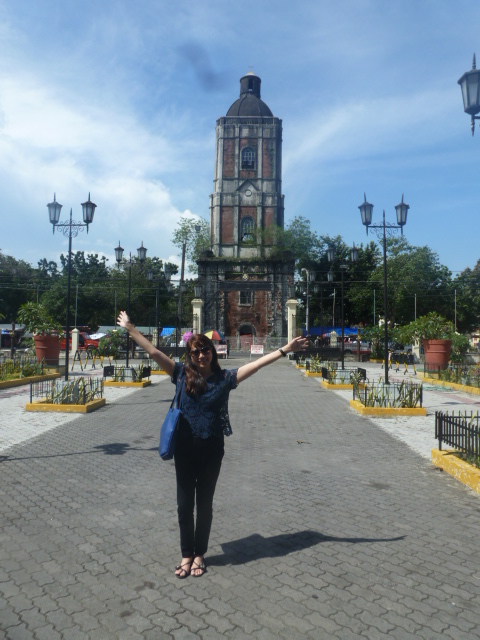
Juls and Marvin—- “Mom, are there people buried here?”
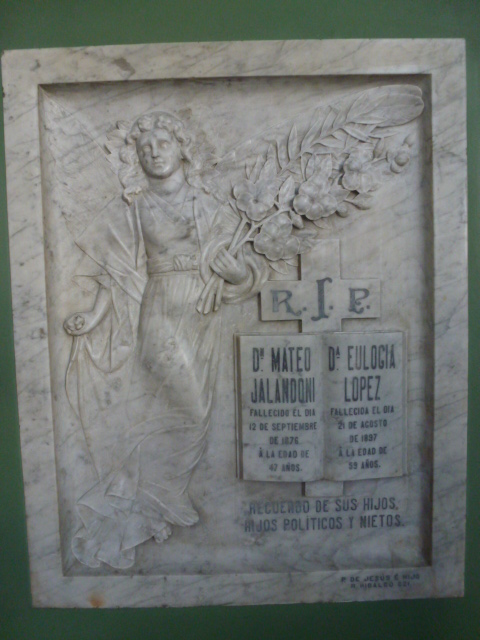
St. Elizabeth of Hungary used to be the patroness of Jaro Cathedral. She was later replaced by Our Lady of Candles (Candelaria).
According to my bilas and tukayo Anne Yee, who hailed from Jaro, wife of Edmund’s eldest brother Edgar, long long time ago, a boatman saw a floating debris in the water. It was a statue of the Blessed Virgin. The church named it Our Lady of Candles and it was placed on the right side of the altar. According to Anne, the Lady kept on growing in equal proportion until her head was already hitting the wall’s ledge. It was transferred to the middle portion of one of the altars.
A few times the sacristan noticed that the Lady’s skirt was wet and full of amorseko, the tiny grass flowers that stick into clothes and skin.
Every morning, the sacristan would check the Lady’s skirt and it’s always the same, it’s wet and there were wild flowers at the bottom.
He hid one night and observed the Lady. To his disbelief, the miraculous Lady went down from the altar, walked to the Jaro town plaza where there’s spring water. She bathed the baby Jesus and walked back to the church picking up more amorseko on her skirt.
According to their town’s story, the Sacristan told the parish priest who also saw the miracle. He then told the archbishop and he too, saw what’s happening with his very own eyes.
Anne says that when she was little, everytime someone got sick, they did not go to the doctor, but only drank the spring water from the plaza.
This miracle reached the Vatican and according to Anne, the Blessed Pope John Paul visited the Our Lady of Candles twice. About three years after he was ordained Pope and a few years before he passed away.
According to Anne, the Lady still keeps growing that’s why she is now placed in a specially made altar outside the main church.

